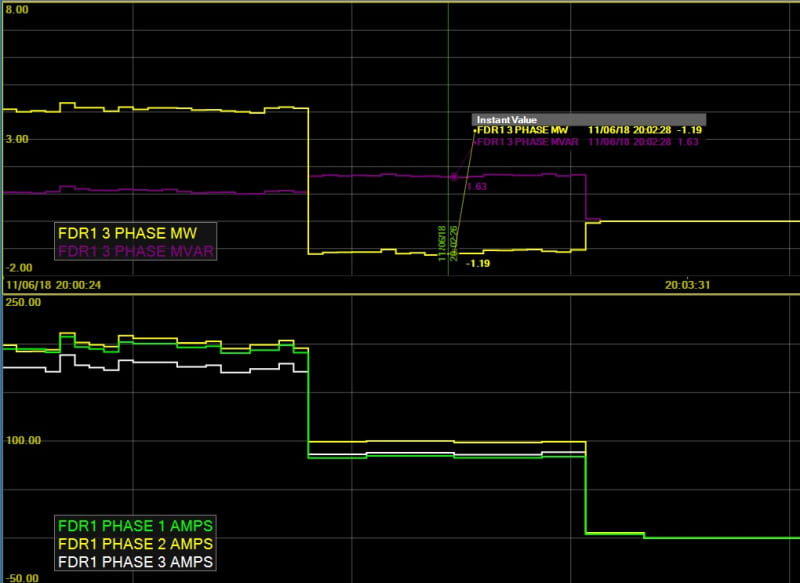Mbrooke
Electrical
- Nov 12, 2012
- 2,546
Want some guidance and opinions on any one of these... real world experience also welcome.
1. What are the advantages of looping distribution feeders from other substations instead of neighboring feeders originating from the same substation? Assume ties are run normally open.
2. Advantages/disadvantages of looping with feeders from other substations and operating all reclosers (tie reclosers) in a normally closed state.
Here is an example single line of what I have in mind:
Open to any and all discussion.
1. What are the advantages of looping distribution feeders from other substations instead of neighboring feeders originating from the same substation? Assume ties are run normally open.
2. Advantages/disadvantages of looping with feeders from other substations and operating all reclosers (tie reclosers) in a normally closed state.
Here is an example single line of what I have in mind:
Open to any and all discussion.

